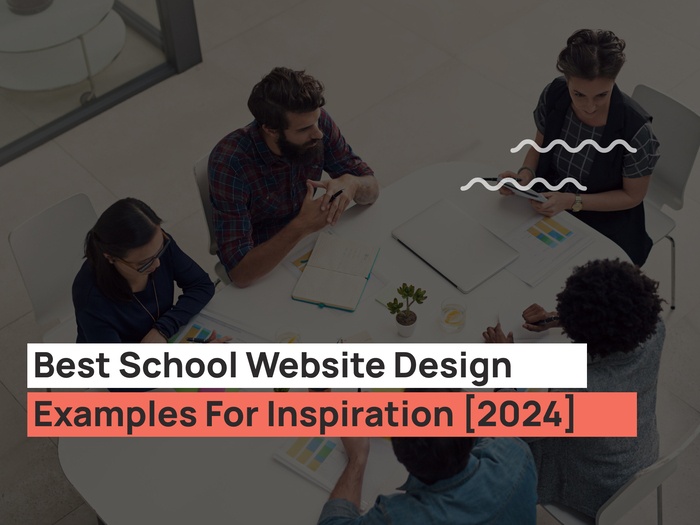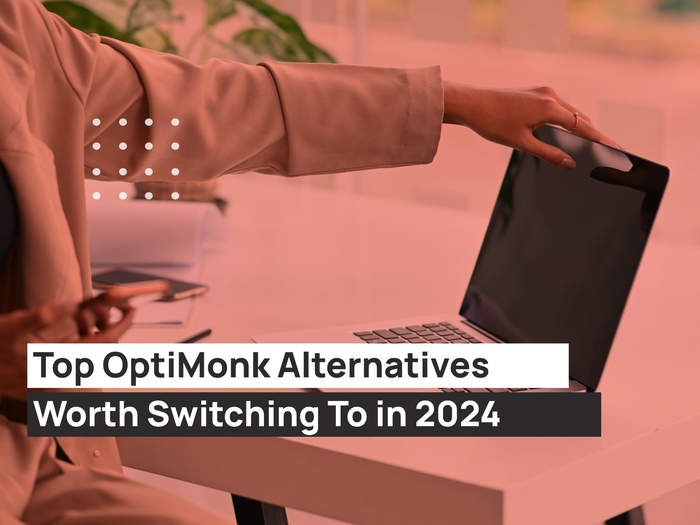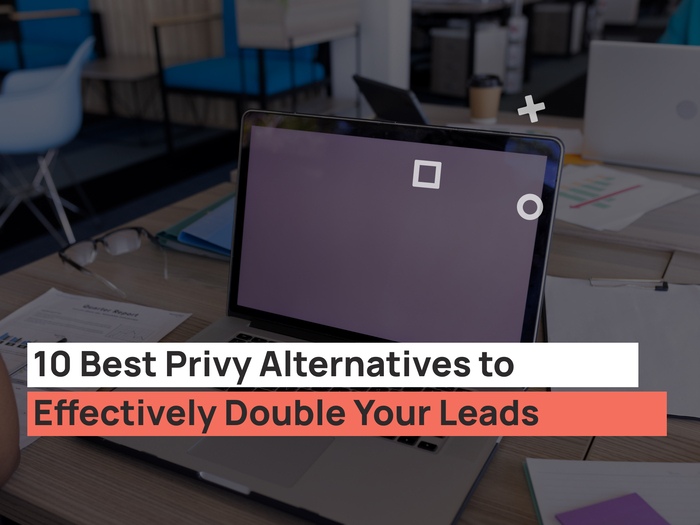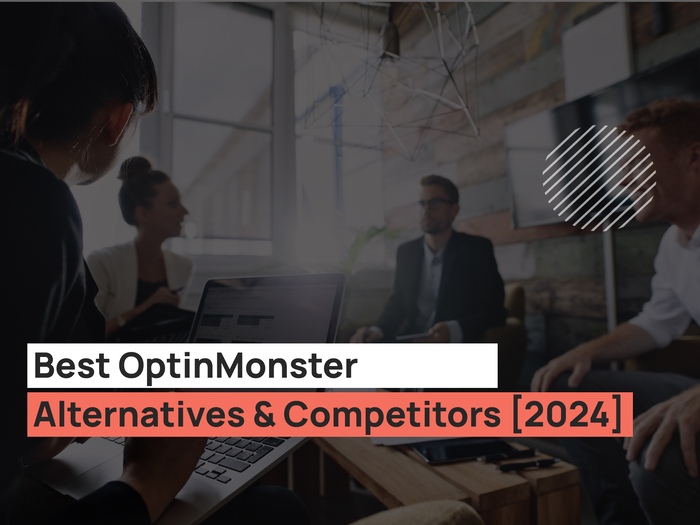With an approximate number of 12-24 million eCommerce websites operating in 2021, creating an unforgettable logo is quite important. That is if you want your brand to stand out.
But how do you design an unforgettable eCommerce logo? It’s definitely not something you just decide to do one morning and get it over and done with. Like with anything else in life, doing it well is a process. Knowing how to approach that process (and what to expect from it) will definitely impact the result you end up with.
So, whether you’re just starting your brand or want to do a visual overhaul, this guide will tell you everything you need to know about how to design an unforgettable eCommerce logo. Let’s get into it.
Know Your Audience
As with any other creative process that impacts your business’ success, the logo design journey will have to start with some serious research.
For many people, logo design sounds like a purely visual process, but it is, in fact, much more than that. A logo isn’t just a placeholder that you’ll put on your products and shipping labels. It’s one of the first things audiences notice about your brand and your key to making a great first impression.
So, if you want to make sure that the impression you leave is positive, you’ll have to really know your target audience. In addition to demographics, think about the following details about the people who’ll be buying your products:
- What extra value are they looking to get from their purchase?
- What personality traits do your potential buyers have? Are they looking for luxury or affordable products? Are they early adopters, or do they want reliability?
- What makes your products and service(s) unique?
- How do you plan on interacting with your audience? What channels and content formats will you use?
Once you answer these questions, you’ll have a pretty good idea of what should and shouldn’t work. For example, if you’re targeting a luxury-oriented shopper base, you will want a logo that communicates exclusivity and affluence. Just think of the emblem logo by Versace.
But if your objective is to offer practical solutions, then your logo needs to do the same. For example, Rain or Shine Golf does this well. Their design seems to communicate: “We understand your problem, and we have a solution.”
Investing time and effort into properly defining your audience and brand will leave you with better chances of designing an unforgettable logo for your eCommerce business. So don’t be tempted to rush through the research phase of the design process. Arguably, it’s the one step that can make or break your entire operation. After all, typography and color palettes can change. But fixing a poor first impression? Well, that can sometimes be next to impossible.
Gather Inspiration From Other eCommerce Logos
Now, although you may have done your research and have a good idea of what you want your logo to communicate, try not to rush into the design process. In fact, taking a step back to gather some inspiration could be a good idea.
You might browse a variety of logos from different industries or go straight to your competition. It’s entirely up to you, and the point is that you get a feel of what’s out there that you like. Furthermore, it can be helpful to identify any trends that may be present in your niche.
Essentially, when designing an unforgettable logo, you want it to stand out. But the main point is that it stands out in a good way.
For example, if you check out the Homestead Supplier logo, you’ll see just how much it stands out compared to the brand’s competitors. Not only is the logo much better made than those from the same niche, but the company’s entire branding strategy rests on an attractive visual direction. Their aesthetic looks good but still keeps in touch with the brand’s roots and values.
Of course, not all brands will need a highly stylized graphic logo that appeals to a focused audience. Some eCommerce businesses will do perfectly well with simple solutions that do one thing well: look good on digital screens. If you think about retailers like ASOS, you’ll find that their recognizable logos often rely on minimalistic elements. In this brand’s case, it’s a monochromatic color palette and a bold sans-serif font.
Whether you choose to follow trends or take your own direction will greatly depend on your branding. But if you decide to create an unforgettable logo by pulling out all the bells and whistles, make sure that every design decision you make stands in line with what your brand stands for. Because, yes, an eye-catching logo will get you noticed. But if it doesn’t appeal to your target audience, then it’s nothing more than a waste of money and time.
Understand the Characteristics of an Unforgettable eCommerce Logo
All right, you know what message your logo needs to communicate, and you have a good idea of what you like. It’s time to get started with designing your eCommerce logo. But wouldn’t it be nice to have a checklist to follow? Just to make sure you’re not missing anything?
Well, if you want to ensure that you’re making the best possible design choices for your eCommerce logo, it’s not a bad idea to see whether your favorite solutions meet the following criteria.
1. Simplicity
For a logo to be memorable, it needs to avoid superfluous design elements as much as possible. Think about some of the most easily recognizable pictographs out there – McDonald’s’ golden arches or Nike’s iconic swoosh. They’re extremely simple.
If you want to go with something more elaborate, that’s fine as well – as long as it’s not overwhelming. For an excellent example, check out this beautiful solution for Green Duck Farm. Yes, it features an intricate visual that stays true to the agricultural brand’s identity. But it does so utilizing a toned-down color palette and sufficient negative space, coming at a solution that’s not just impressive but easy to remember as well.
2. Adaptability
When designing a logo for your eCommerce business, remember that it will have to adapt to all your brand’s needs. You won’t just feature it on your website and products. You’re most likely going to have to use it on your content pages as well as your social media profiles.
For this reason, the logo has to be adaptable enough to work in a variety of settings, even when they’re far from the ideal case scenario you’ve created on the homepage of your website.
To achieve adaptability, make sure that the logo you choose looks good both in its original form, but also when it requires some changes. A great example of such a design comes from Real Thread, whose visual signifier looks equally impressive in color and monochrome, allowing the brand to use it on a wide variety of distribution channels without having to worry about losing any of the logo’s branding power.
3. Timelessness
As you invest time, energy, and hard-earned money into creating a logo for your eCommerce business, keep in mind that you’re making an investment into the future. Ideally, you’ll be using the same design 20 years from now. But to ensure that your eCommerce logo is attractive and relevant 10 or 20 years into the future, it has to achieve that perfect balance between trendy and timeless design.
To achieve this, a good rule of thumb is to tone the design down.
For example, you can create a monogram logo in a simple color palette, as FutureKind does.
Or, if you’re including pictorials, make sure that they successfully represent your products and communicate your brand’s mission. For a great example, take a look at the alarm symbol on the Bay Alarm Medical logo.
Timelessness, however, doesn’t necessarily mean simple or minimal design. Brands like Starbucks and Harley Davidson have successfully made their intricate logos into some of the most recognizable branding elements in the world.
Still, keep in mind that bold design easily turns tacky. So, unless you’re ready to pay the price of a rebrand a few years down the road, perhaps it’s better to stick with something a bit safer – like this truly timeless logo by General Admission.
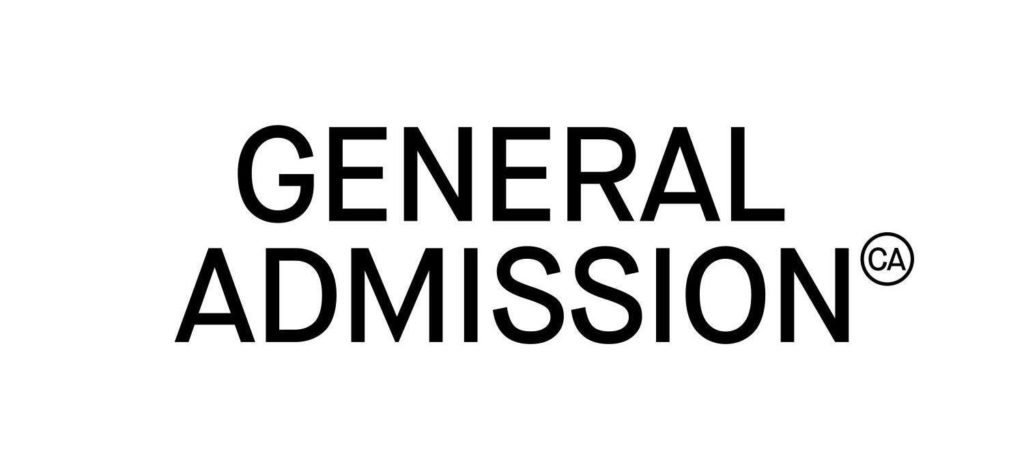
4. Quality
Lastly, when designing (or commissioning) a logo for your eCommerce brand, don’t forget about the technical details. Unfortunately, a beautiful design won’t get you far if the execution is poor.
For this reason, you need to know precisely what you need in terms of design file formats.
In addition to the standard .jpg and .png files, ask your designer to provide PSD files and vector graphics. That way, you’ll have all the visual info you’ll need for any future adaptations or applications. And you won’t have to depend on others to get what you need, or even worse, pay for someone to generate a new file for something you already spent money on.
Choose the Best Person for the Job
There you have it, a beginner’s guide to designing an eCommerce logo that is sure to leave an impression. As you can see, an unforgettable design doesn’t have to be complicated or expensive. In fact, it can be as simple as doing a bit of DIY.
Nonetheless, to ensure you get the absolute best results (and avoid a headache down the line), it’s not a bad idea to leave the design process to the pros. In the end, a fantastic logo doesn’t have to cost you a fortune – but getting it right from the start can do a lot to help your eCommerce business succeed and thrive in a sea of competition.
